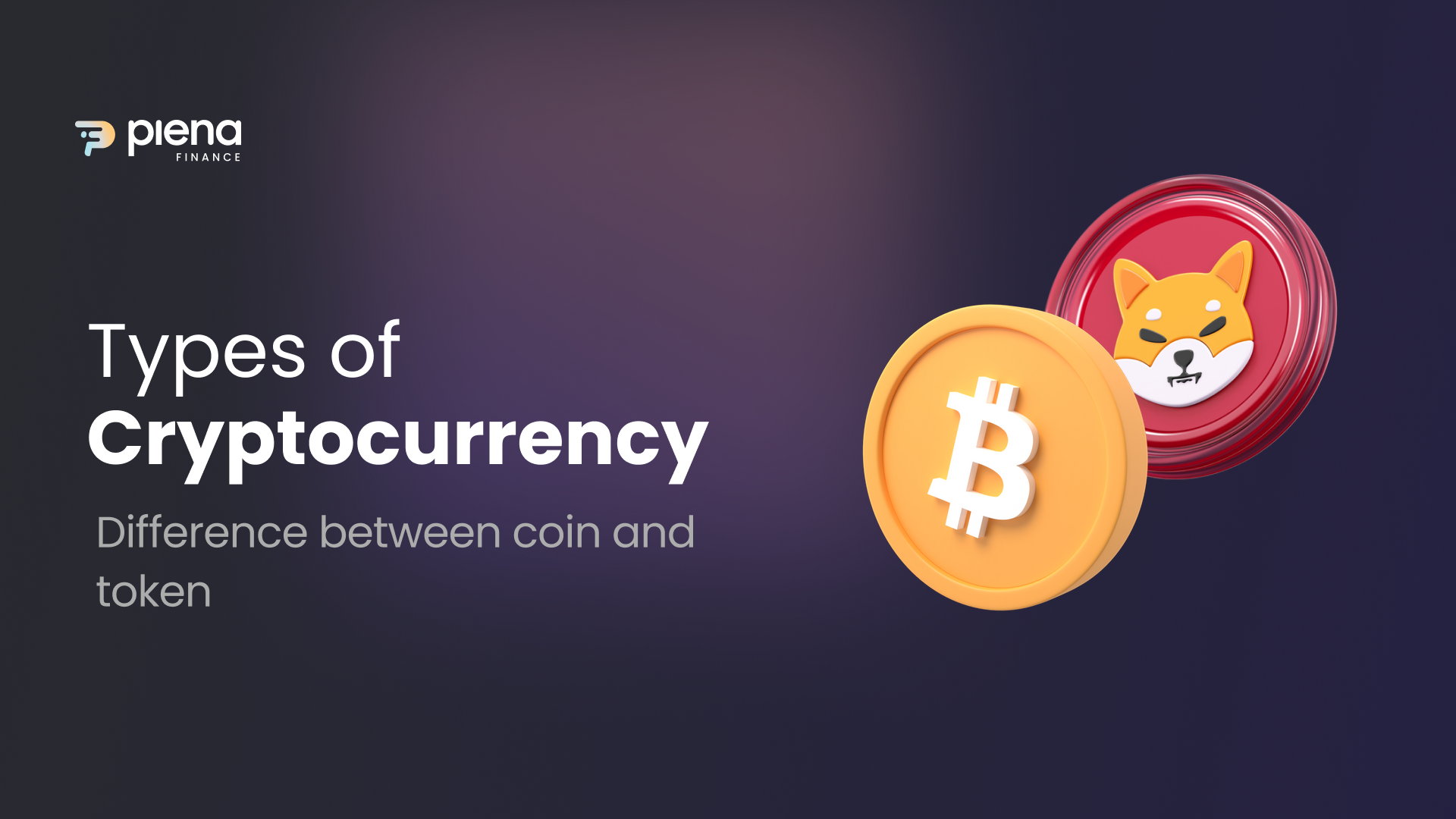Decentralised finance yield farming, also known as liquidity mining, enables users to optimise profits by strategic involvement inside decentralised finance protocols. By claiming or tying up cryptocurrencies inside liquidity reservoirs or smart contracts, participants can provide these platforms with liquidity. They obtain benefits in exchange, typically in the shape of more tokens or yields. This mutually beneficial connection encourages the availability of liquidity and rewards active engagement in the DeFi environment, which propels the ecosystem's expansion and creativity.
Strategic actions intended to maximise profits on bitcoin investments by actively participating in various DeFi protocols are referred to as yield farming. To facilitate transactions and provide liquidity, members utilise their belongings by leasing or competing them across decentralised platforms. They receive compensation in the form of accrued interest, trade charges, or tokens of governance in exchange for their contributions. The growth and viability of decentralised financial ecosystems are fueled by this participatory paradigm in addition to providing incentives for involvement.
How Does Yield Farming Work?
By bridging the gap between incentives and liquidity availability, yield farming fosters a mutually beneficial partnership between users and decentralised financial protocols. Users add cryptocurrency to liquidity pools, which act as the cornerstones of lending markets or decentralised exchanges. As compensation for their involvement, participants receive extra tokens or yields produced by the system. This availability of rewarded liquidity not only makes DeFi platforms more efficient but also gives users the ability to actively contribute to the development of decentralised financial environments.
History of Yield Farming
The origins of yield farming may be seen in the rise of innovative decentralised finance (DeFi) systems like Uniswap and Compound. Since its inception, yield farming has had a fast development in which new procedures and tactics to maximise returns for stakeholders have consistently emerged. The dynamic and ever-evolving DeFi environment is reflected in this progression, with developers and consumers alike striving to uncover more effective and profitable operations within decentralised financial networks.
Benefits of Yield Farming
There are several benefits to yield farming, including the ability to diversify investing techniques and generate passive earnings. By being exposed to revolutionary DeFi initiatives, members can benefit from learning about advanced innovations in finance and technology. In addition, yield farming lures investors looking for profitable chances in the ever-changing world of decentralised finance since it may produce better returns than conventional financial products. This multimodal strategy promotes exploration and learning in the DeFi domain in addition to monetary development.
What are the Risks of Yield Farming?
Yield farming is rife with intrinsic hazards notwithstanding the attraction of possible returns, such as transient loss, weaknesses in smart contracts, market swings, and legal difficulties. Contributors will need to do careful study and use prudence when performing yield farming operations to overcome these obstacles. In the evolving DeFi market, handling risks and monitoring are critical to protecting resources and averting unfavourable results.
Key Components of DeFi Yield Farming
The key components necessary for DeFi yield farming's operation and effectiveness are located at its heart. Among them are pools of liquidity, which allow individuals to share their assets and act as the backbone of decentralised financial protocols. Finding prices and supply of liquidity are made efficient by automated market makers (AMMs), who enable smooth transactions inside these liquidity pools. Furthermore, by combining yield prospects from several DeFi platforms, yield aggregators maximise returns. Peer-to-peer trading is made possible via decentralised exchanges (DEXs), and the ecosystem is kept transparent and secure by smart contracts and governance tokens, which control and automate protocols, respectively.
How are Returns Calculated?
Numerous factors affect yields in DeFi yield farming, and each one is important in deciding the overall profitability of the enterprise. Larger contributions usually result in bigger incentives, as liquidity provision has a direct influence on possible profits. Longer involvement frequently results in larger accumulations of rewards, therefore participation duration is also quite important. Likewise, returns may be impacted by the cyclical nature of the fundamental assets; typically, less volatile assets provide higher yields. It also highlights the need to comprehend each platform's distinct characteristics for profitable farming strategy optimisation. Unique protocols and incentive processes including redistribution timetables and tokens generation stages, further influence possible returns.
Conclusion
Decentralised finance yield farming presents itself as an exciting and possibly profitable opportunity for investment participating in the decentralised financial ecosystems. Contributors can gain a variety of benefits and actively contribute to the development and improvement of DeFi protocols by strategically deploying and providing liquidity and incentive structures. Contributors and protocols have a symbiotic connection that improves both the viability and efficacy of decentralised finance platforms while providing a means of financial independence and involvement within the emerging DeFi space.
FAQs of Yield Farming
Is Yield Farming Worth It?
For users who are prepared to actively participate in decentralised financial protocols and comprehend and manage the dangers involved, yield farming may prove to be profitable.
What is the Difference Between DeFi Yield Farming and Staking?
Both yield farming and traditional staking entail locking up cryptocurrency to gain rewards but yield farming usually involves more active engagement and higher risks.
Is Yield Farming Profitable?
The profitability of yield farming depends on several variables, including participant strategy, protocol risks, and market conditions.
Which Yield Farming is Best?
The optimal yield farming tactics change depending on the investor's goals for their investments, market conditions, and risk tolerance. Choosing a plan requires careful consideration and investigation.
Join developers who use BlackPlus to build world‑class real‑time collaborative experiences.

.gif)



.png)
.png)


.png)